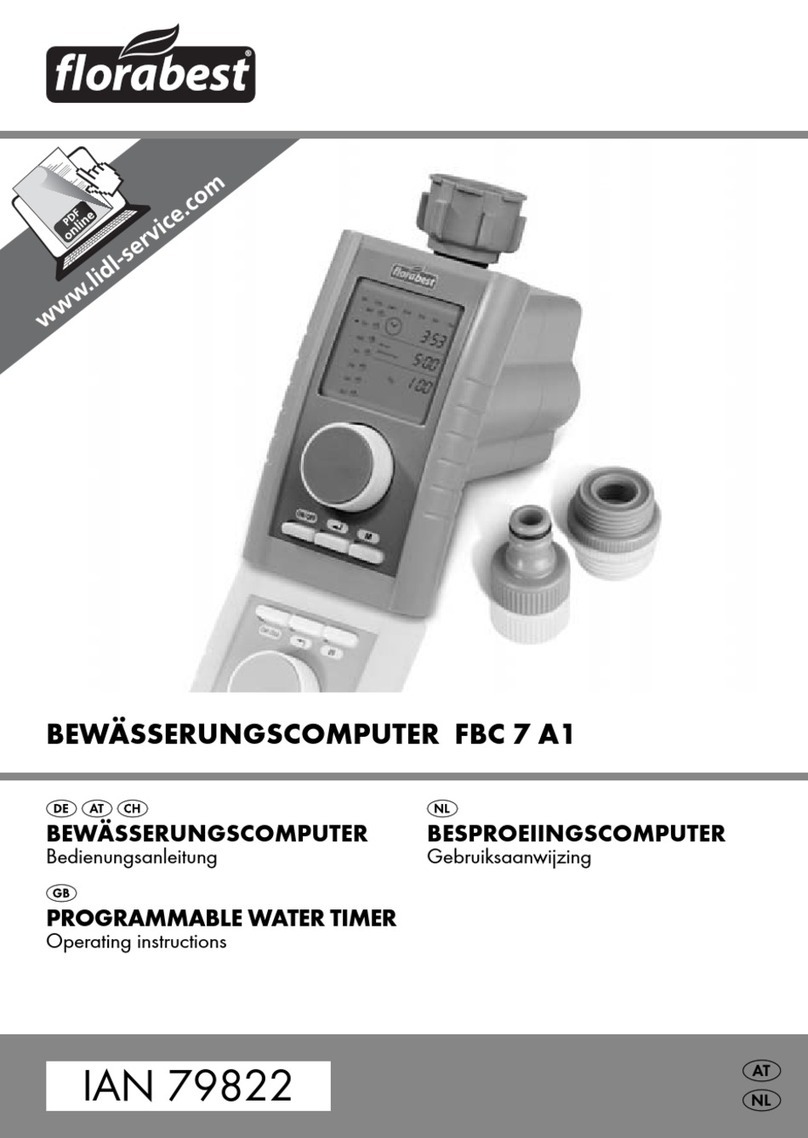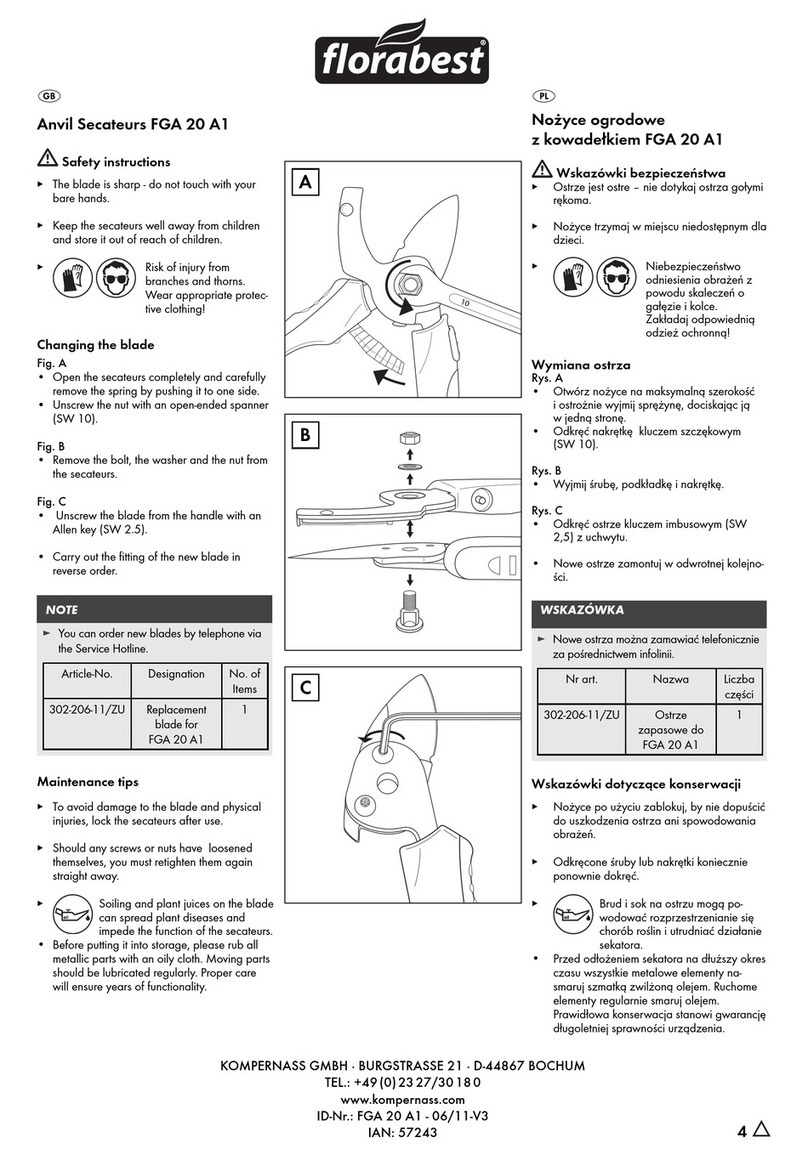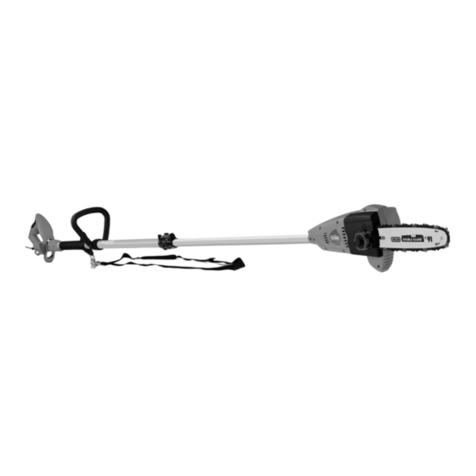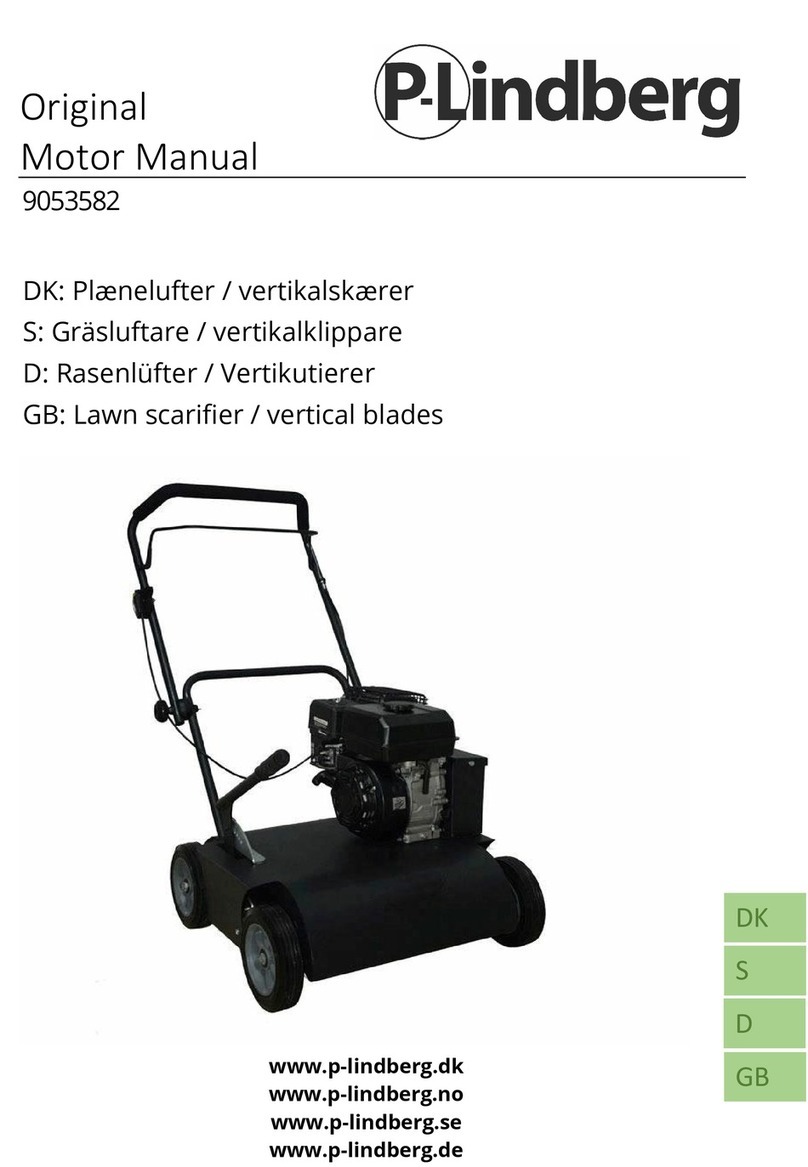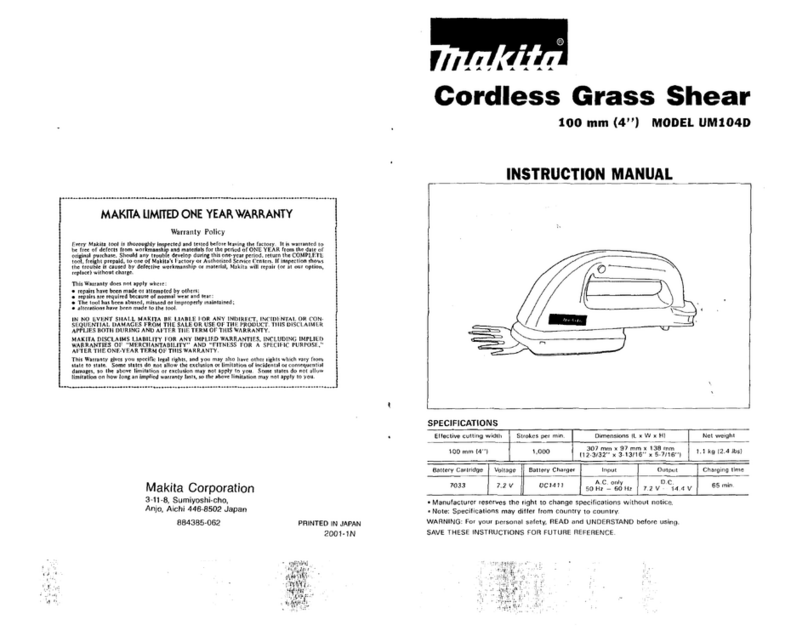FLORABEST FLV 1200 A1 Owner's manual
Other FLORABEST Lawn And Garden Equipment manuals
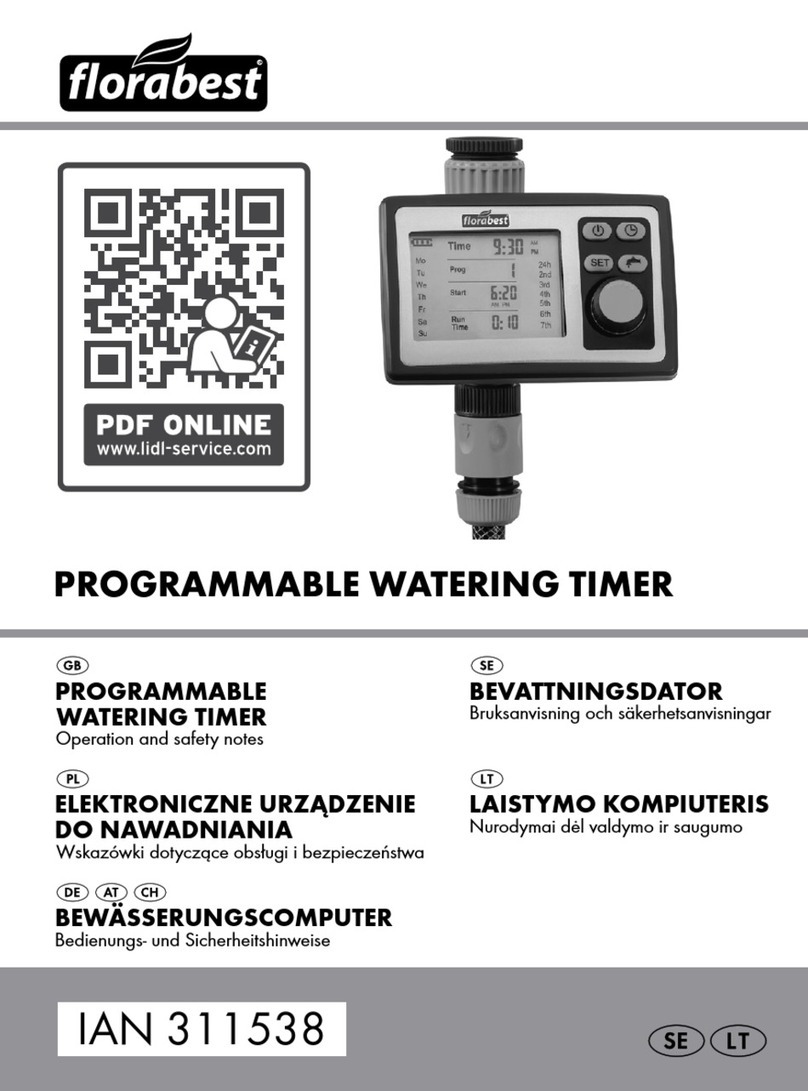
FLORABEST
FLORABEST HG04678 User manual
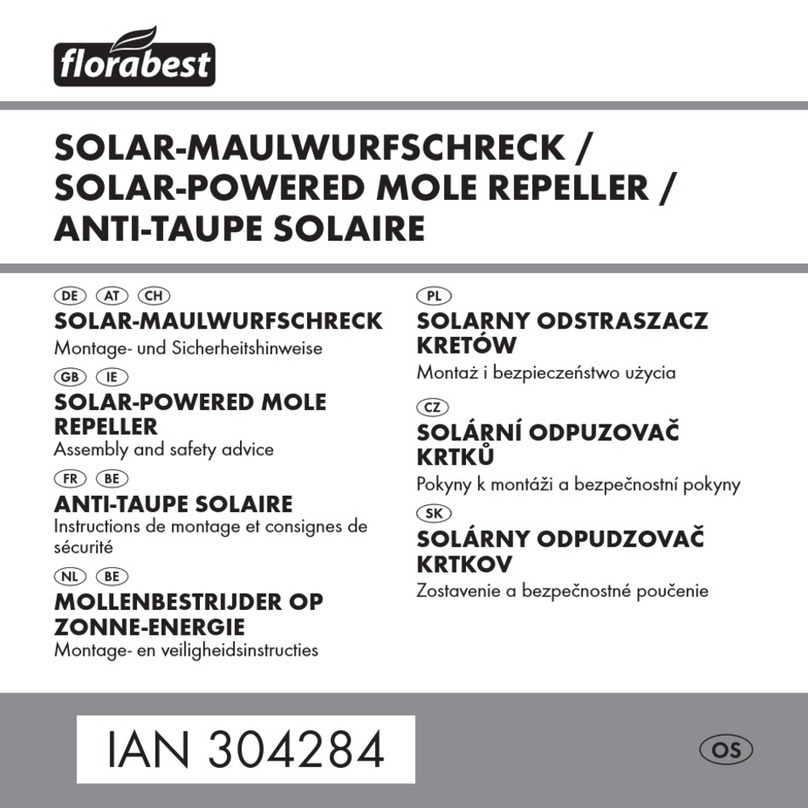
FLORABEST
FLORABEST 304284 Installation and operating instructions
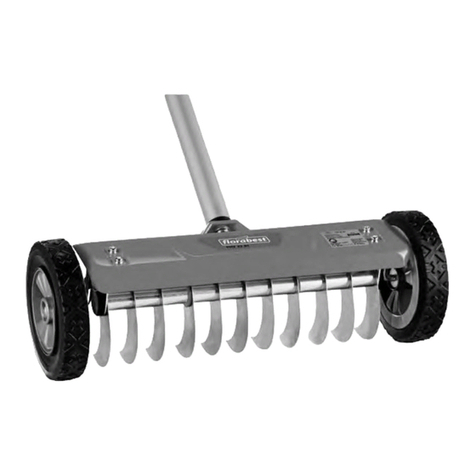
FLORABEST
FLORABEST FHV 32 A1 Owner's manual
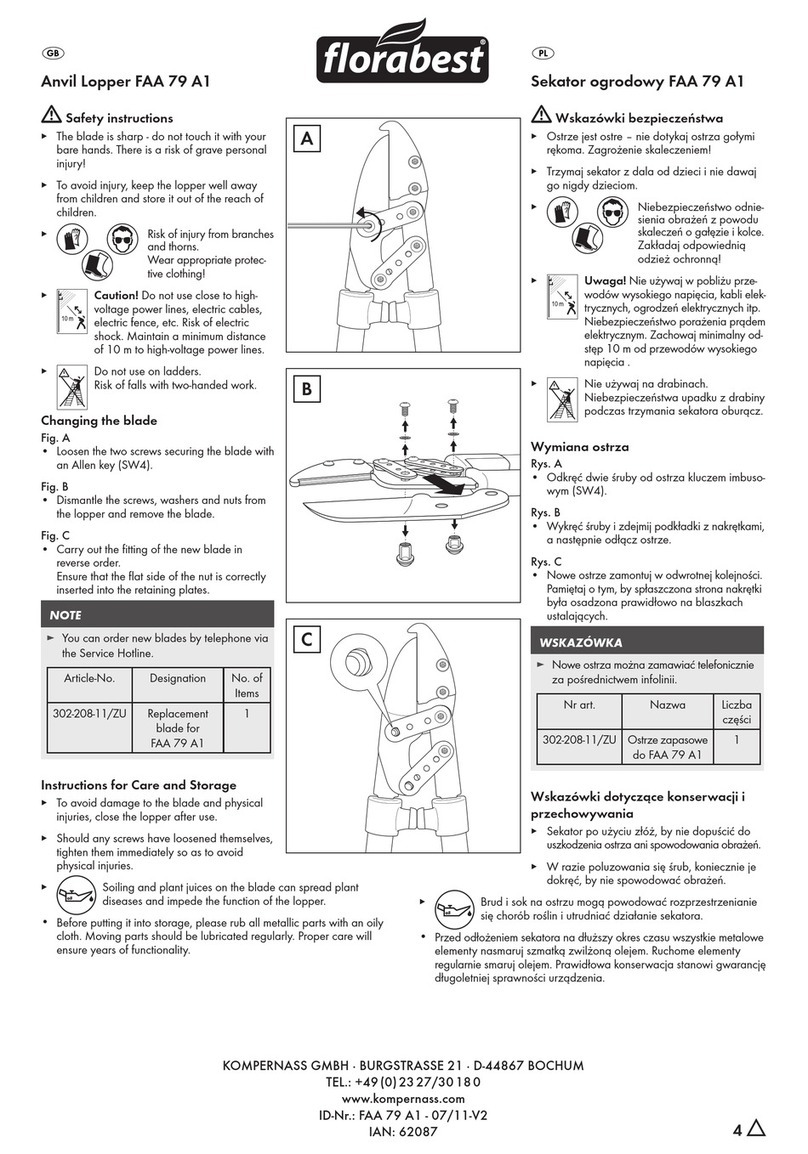
FLORABEST
FLORABEST FAA 79 A1 User manual
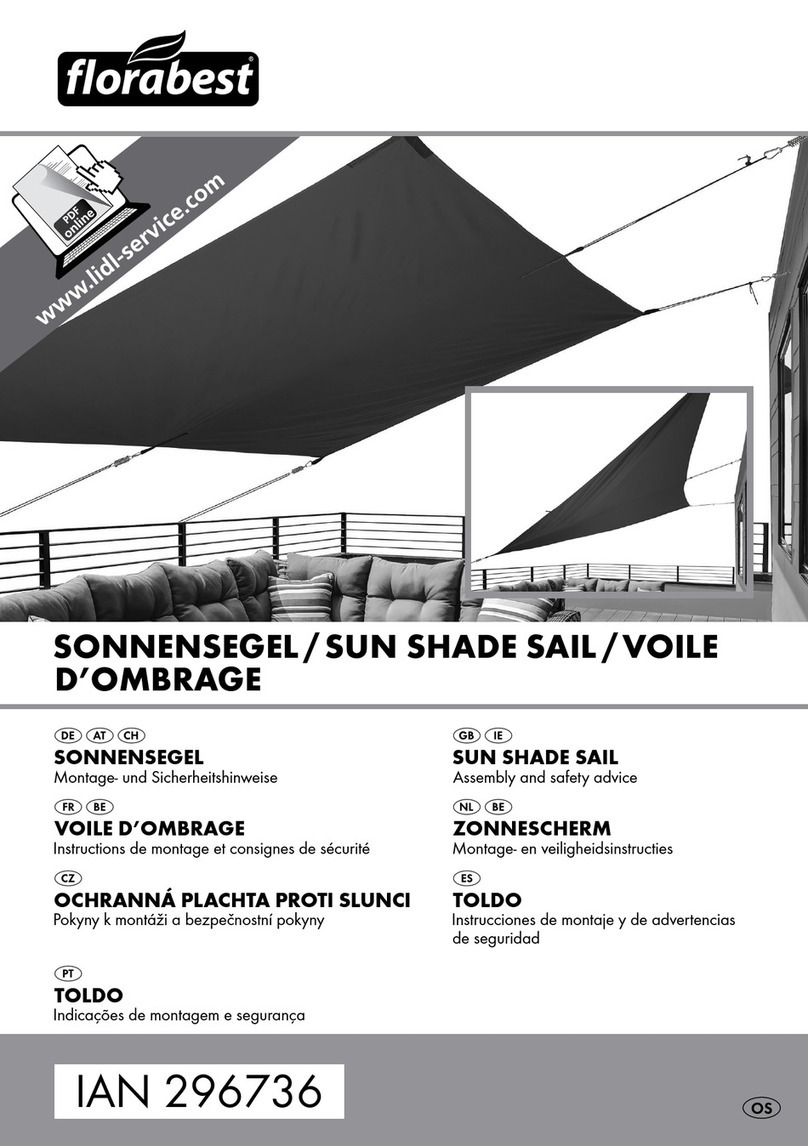
FLORABEST
FLORABEST 296736 Installation and operating instructions
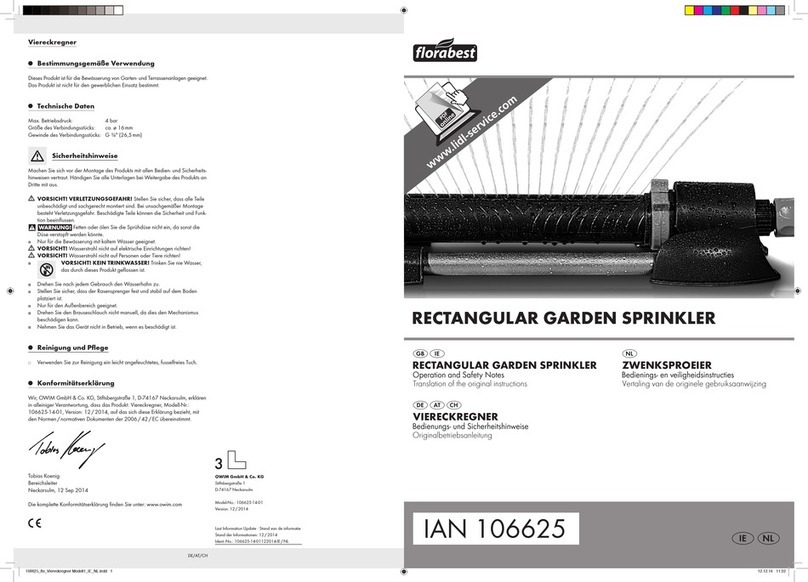
FLORABEST
FLORABEST 106625 User manual
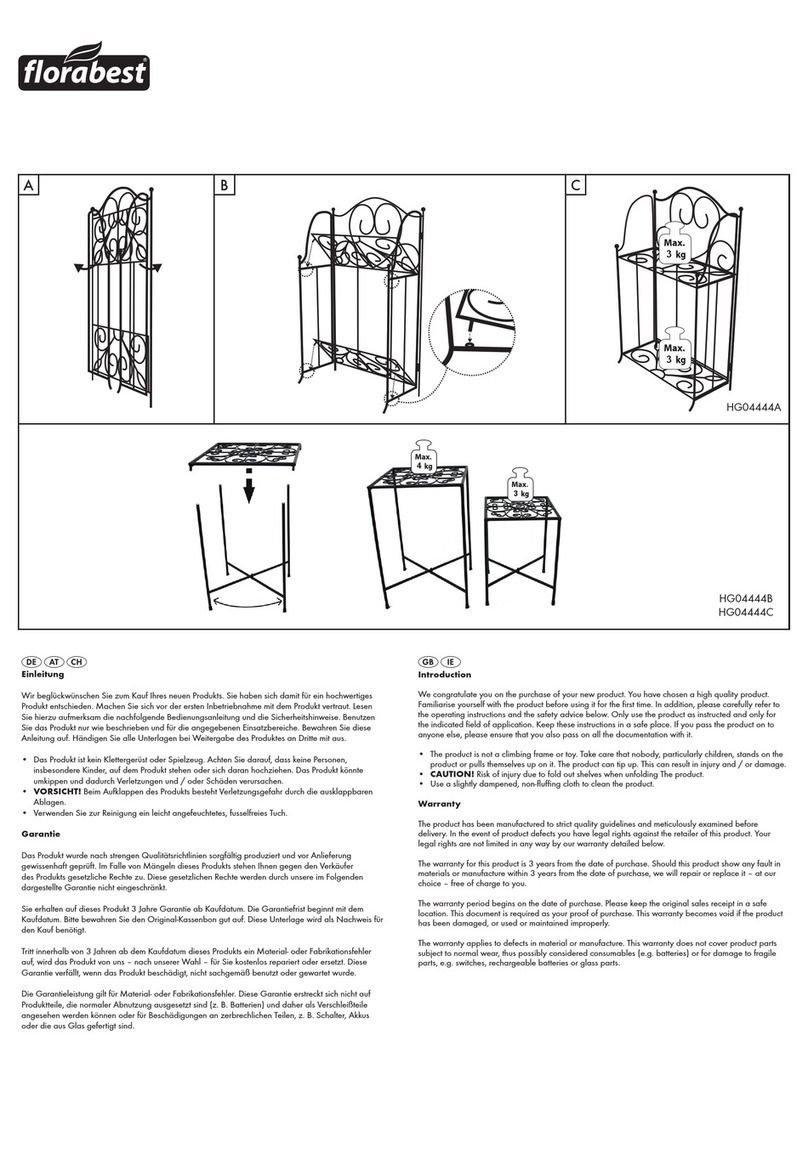
FLORABEST
FLORABEST HG04444A User manual

FLORABEST
FLORABEST Coil Installation and operating instructions
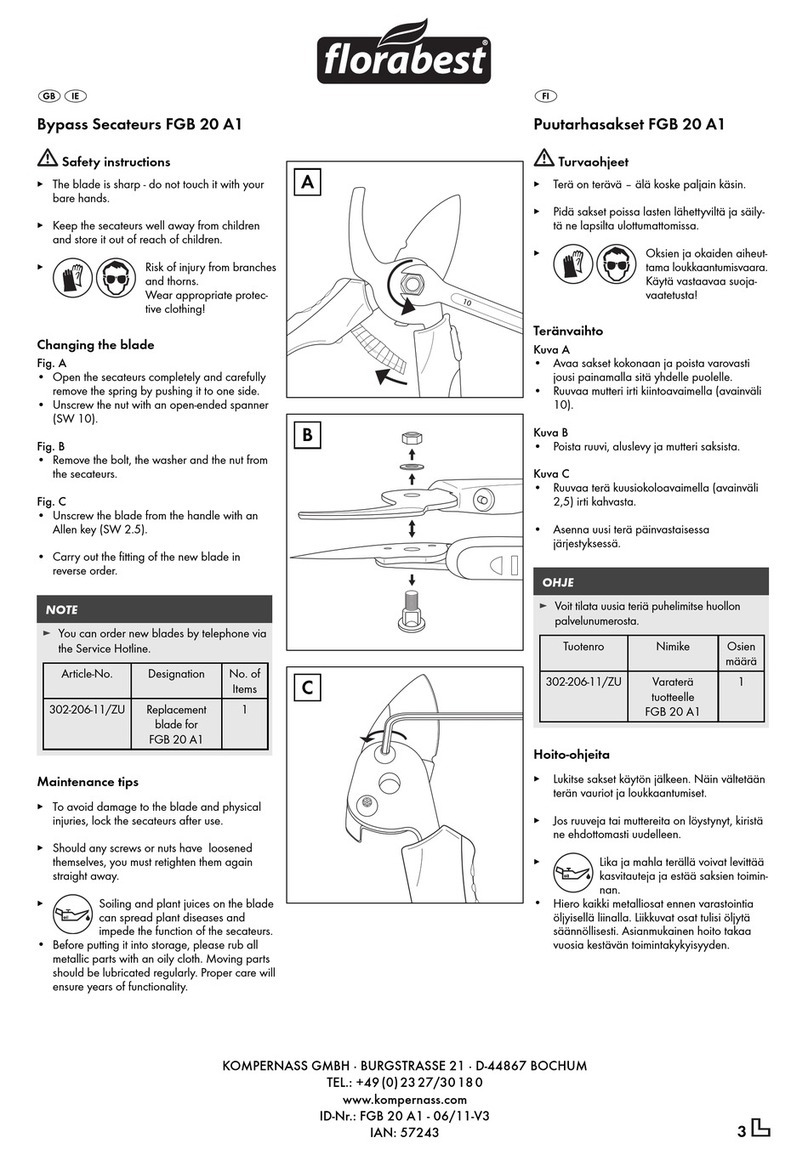
FLORABEST
FLORABEST FGB 20 A1 User manual

FLORABEST
FLORABEST FLV 1200 B1 Owner's manual
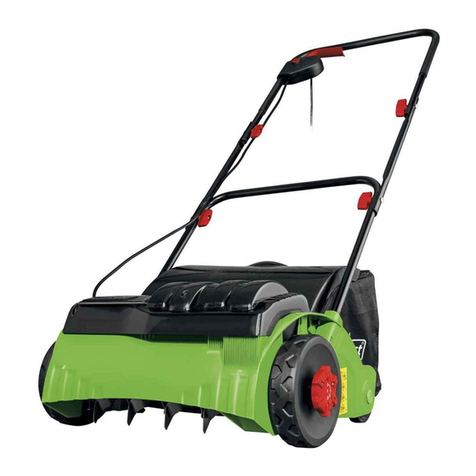
FLORABEST
FLORABEST FLV 1200 B1 Owner's manual

FLORABEST
FLORABEST FRWS 9 A1 User manual
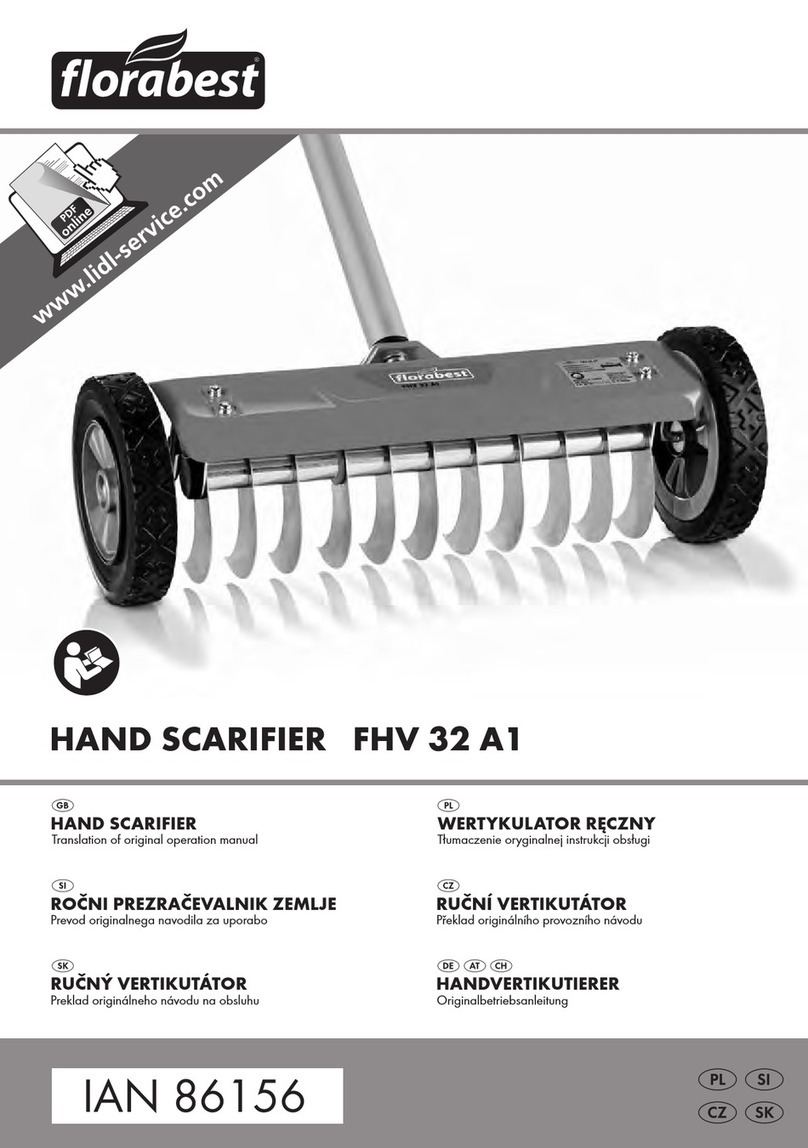
FLORABEST
FLORABEST FHV 32 A16 Setup guide
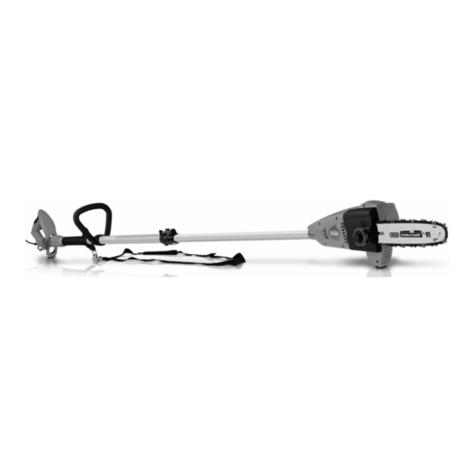
FLORABEST
FLORABEST 73433 Owner's manual
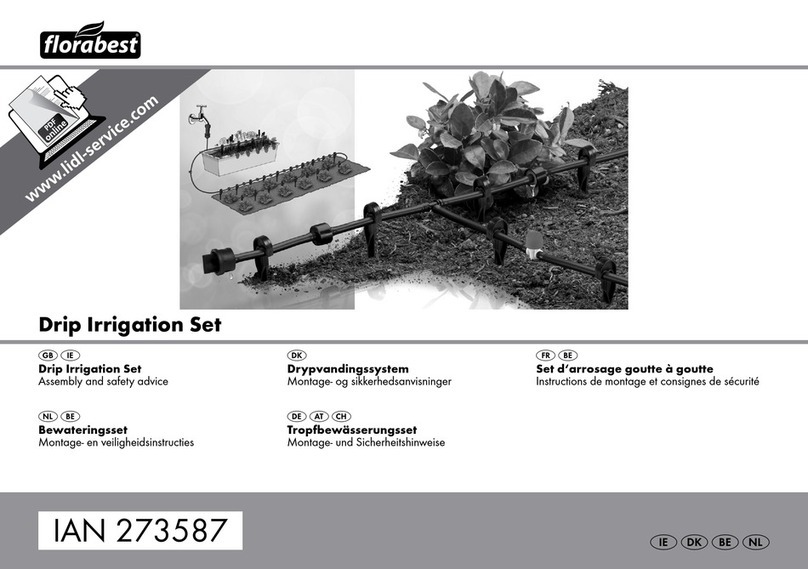
FLORABEST
FLORABEST HG00491 Installation and operating instructions
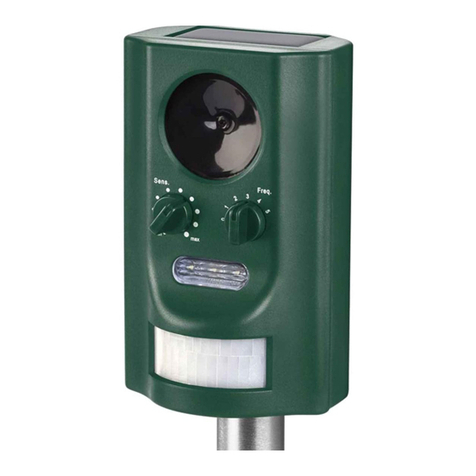
FLORABEST
FLORABEST HG00249 User manual
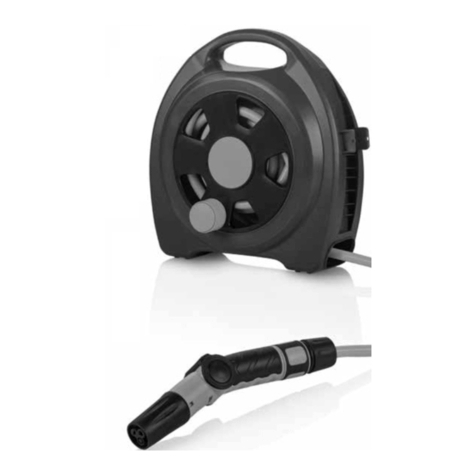
FLORABEST
FLORABEST FSTK 10 A1 User manual

FLORABEST
FLORABEST FRP 350 B1 Owner's manual
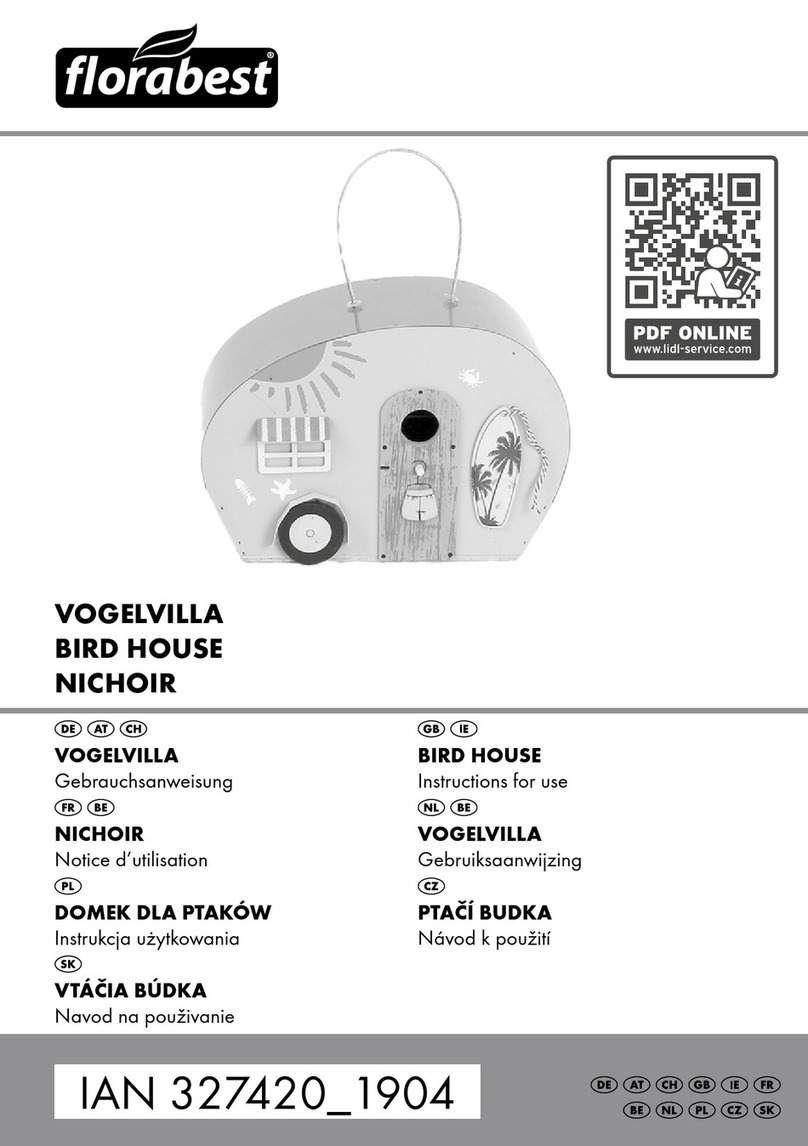
FLORABEST
FLORABEST 327420-1904 User manual
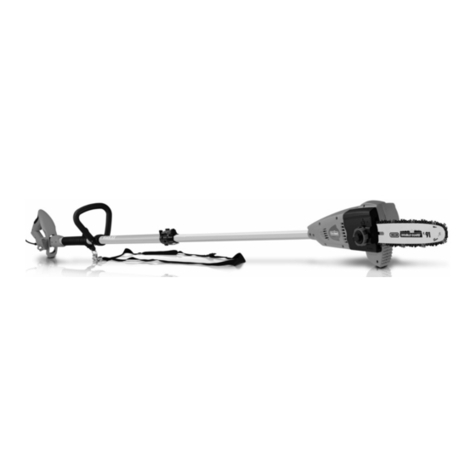
FLORABEST
FLORABEST FHE 550 B2 Owner's manual
Popular Lawn And Garden Equipment manuals by other brands

Vertex
Vertex 1/3 HP Maintenance instructions

GHE
GHE AeroFlo 80 manual
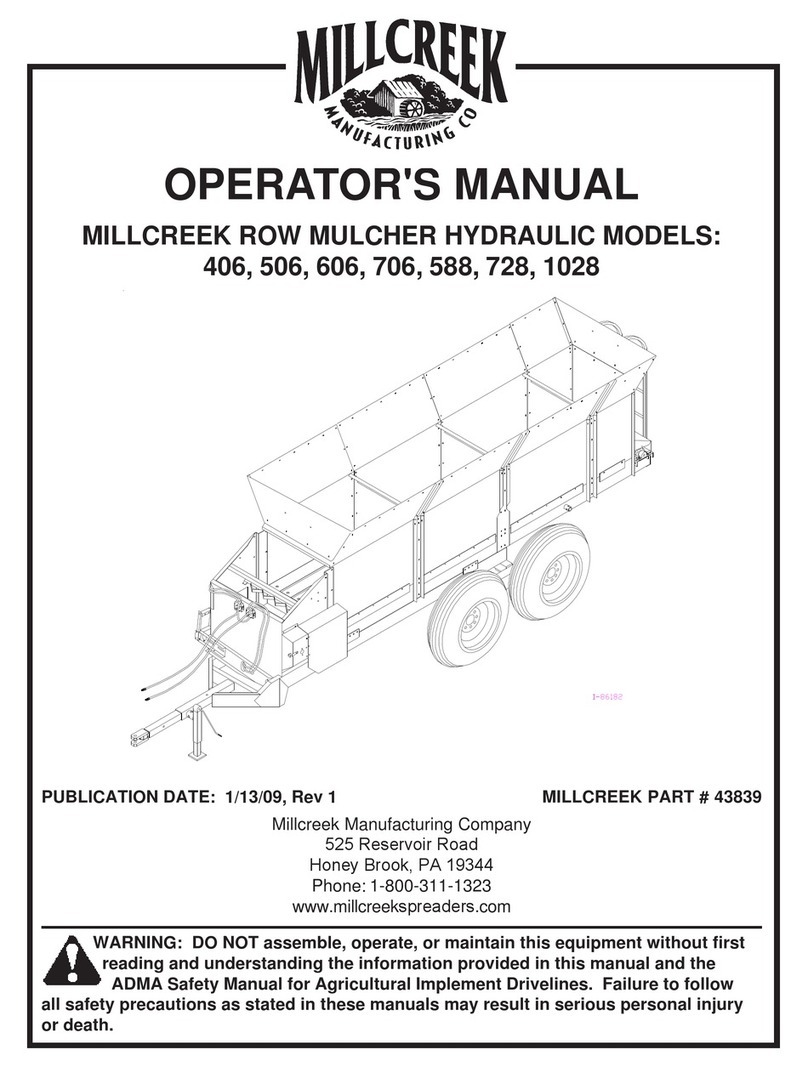
Millcreek
Millcreek 406 Operator's manual

Land Pride
Land Pride Post Hole Diggers HD25 Operator's manual

Yazoo/Kees
Yazoo/Kees Z9 Commercial Collection System Z9A Operator's & parts manual

Premier designs
Premier designs WindGarden 26829 Assembly instructions
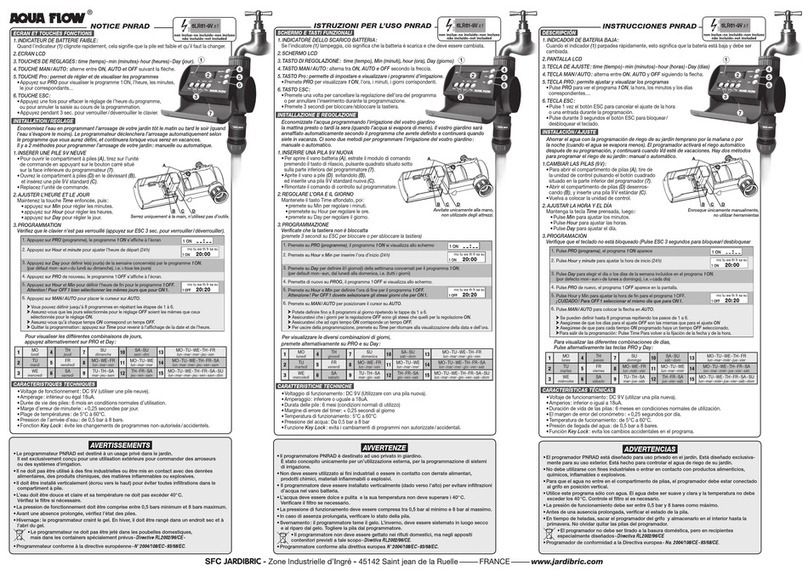
AQUA FLOW
AQUA FLOW PNRAD instructions
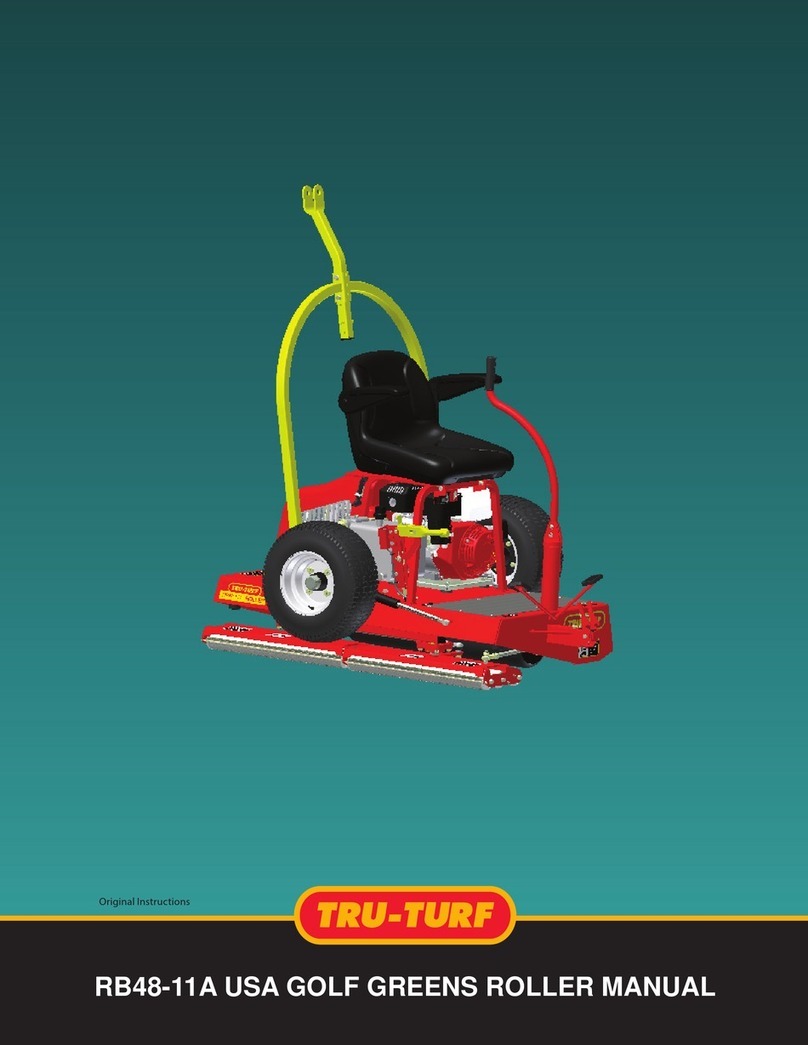
Tru-Turf
Tru-Turf RB48-11A Golf Green Roller Original instruction manual
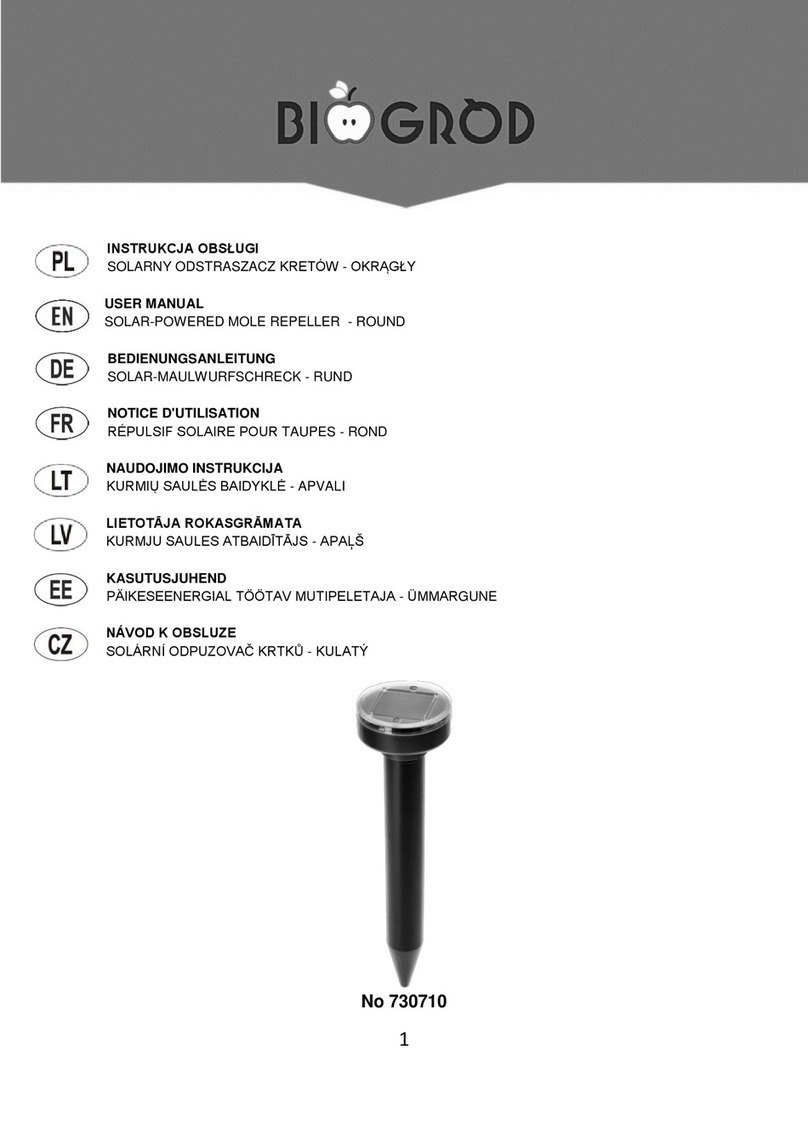
BIOGROD
BIOGROD 730710 user manual

Land Pride
Land Pride RCF2784 Operator's manual
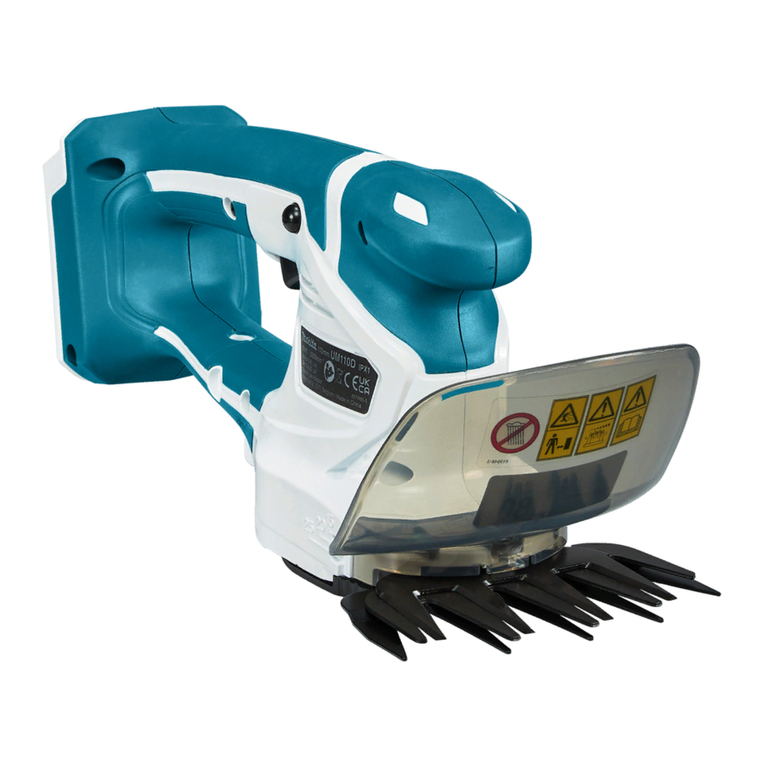
Makita
Makita UM110D instruction manual
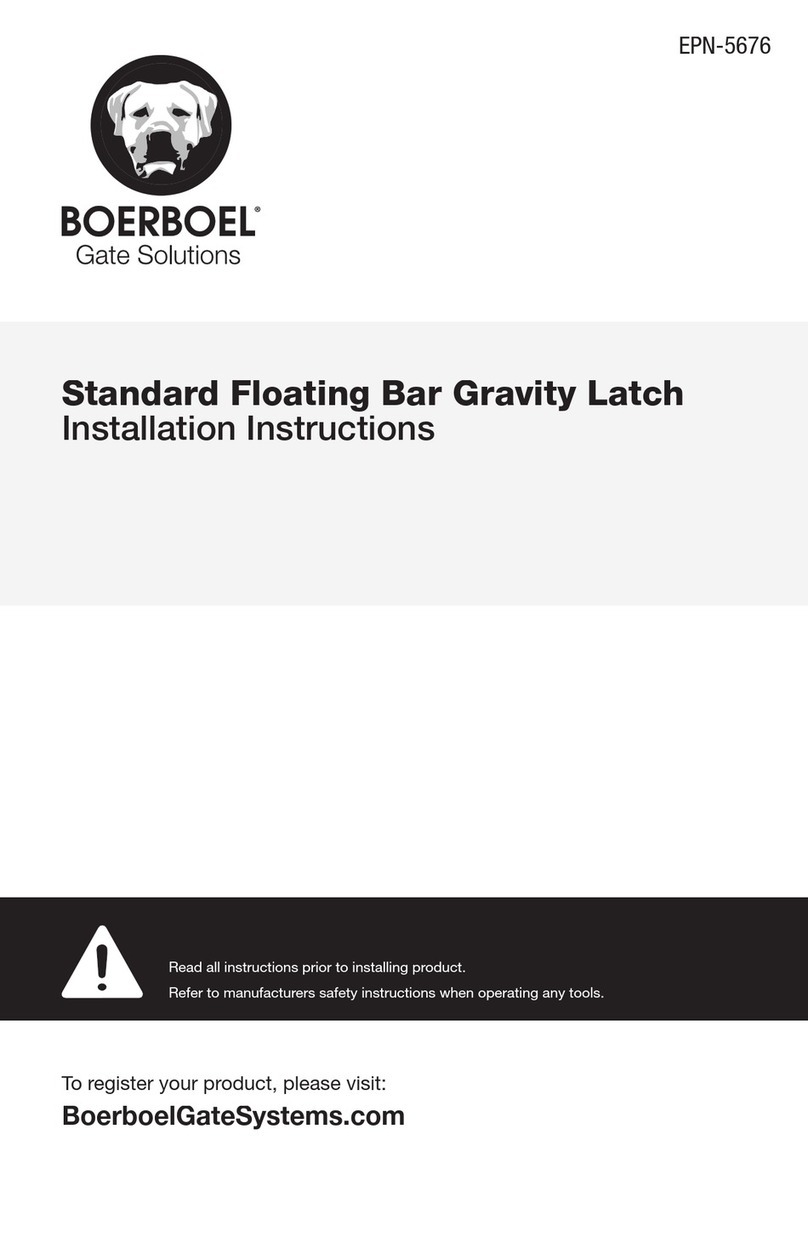
BOERBOEL
BOERBOEL Standard Floating Bar Gravity Latch installation instructions
